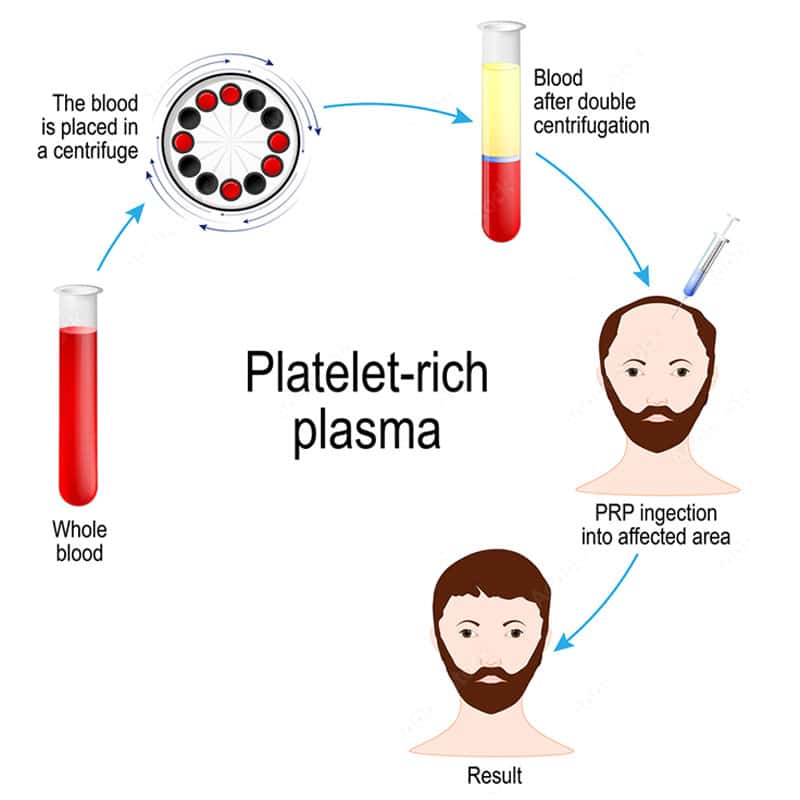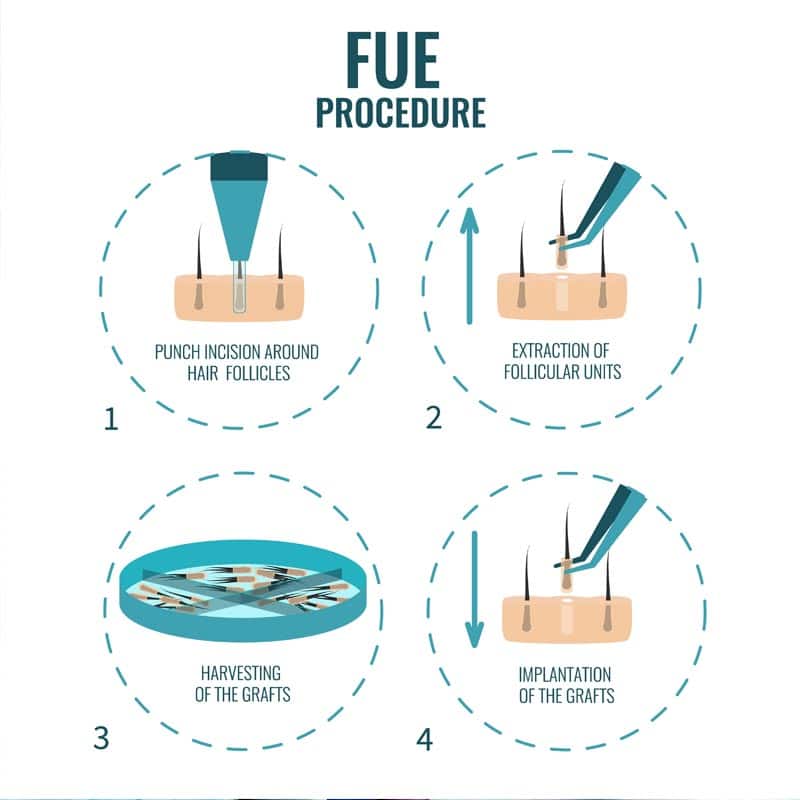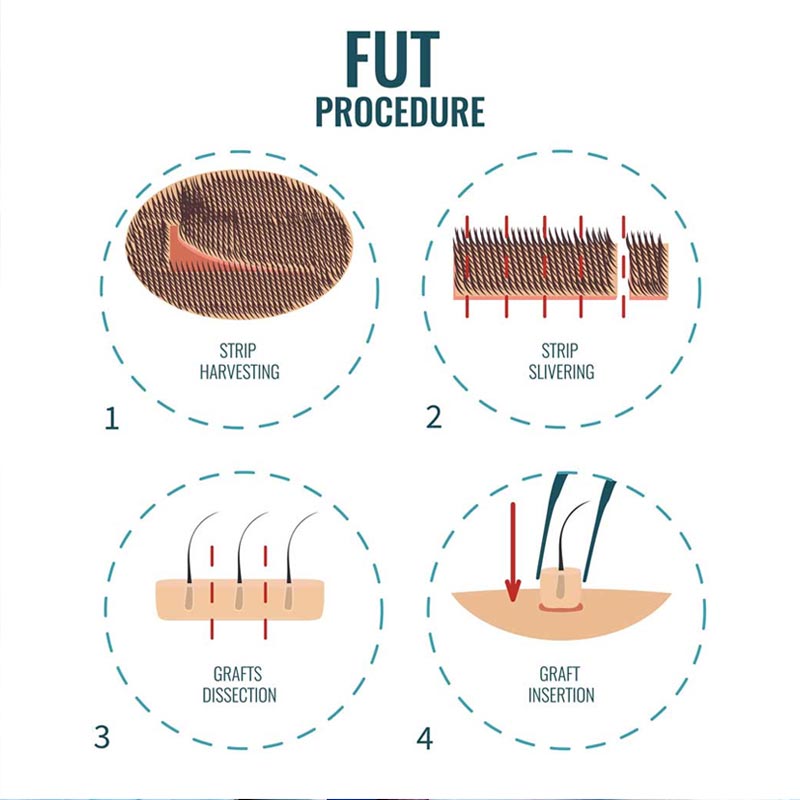General Description:
A vitrectomy is a surgical procedure in which the vitreous gel (vitreous humor) inside the eye is removed. The vitreous is a gel-like substance that fills the space between the lens and the retina. A vitrectomy is performed to treat a variety of eye problems, including retinal detachments, macular holes, diabetic retinopathy, vitreous hemorrhages, and epiretinal membranes. The goal of a vitrectomy is to preserve or improve vision and prevent further complications.
Indications:
A vitrectomy is indicated for patients with the following eye conditions:
- Retinal Detachment: When the retina separates from the back wall of the eye.
- Macular Hole: A small hole that forms in the macula, leading to distorted vision or a loss of central vision.
- Diabetic Retinopathy: A complication of diabetes that causes bleeding and swelling in the retina.
- Vitreous Hemorrhage: Bleeding into the vitreous, often caused by injuries, diabetic retinopathy, or other conditions.
- Epiretinal Membrane: A thin layer of tissue that forms on the surface of the retina and can cause distorted vision.
Methods:
- Description:
A vitrectomy is a microsurgical procedure usually performed under local anesthesia and sometimes under general anesthesia. During the procedure, the vitreous is removed and replaced with a saline solution, gas, or silicone oil to maintain the shape of the eye and stabilize the retina. - Procedure:
- Preparation: The patient receives anesthesia (local or general), and the eye is covered with a sterile drape. An eyelid holder is used to keep the eye open during the procedure.
- Vitrectomy: Small incisions (sclerotomies) are made in the white part of the eye (sclera) to insert microsurgical instruments. The surgeon uses these instruments to remove the vitreous while simultaneously controlling and treating the retina as needed.
- Replacement of the Vitreous: After the vitreous is removed, the cavity is filled with a saline solution, gas, or silicone oil. The choice of filling material depends on the underlying condition and the desired healing process.
- Postoperative Care: Depending on the filling material used, the patient may need to maintain a specific head position for a certain period to support healing and stabilize the position of the gas or silicone oil.
- Advantages:
- Restoration of Vision: A successful vitrectomy can significantly improve or stabilize vision, especially in conditions like retinal detachment or macular hole.
- Prevention of Further Damage: The procedure can halt the progression of eye diseases and reduce the risk of further complications.
- Treatment of Multiple Eye Problems: Vitrectomy can be used for various conditions, making it a versatile treatment method.
- Minimally Invasive Technique: The use of microsurgical techniques and small incisions leads to faster recovery and less pain.
- Disadvantages:
- Risks and Complications: Possible risks include infections, bleeding, retinal detachment, increased intraocular pressure (glaucoma), and lens clouding (cataract).
- Recovery Time: Although recovery time is often short, it can take weeks to months to achieve full visual acuity.
- Required Follow-up Care: Patients often need close monitoring after the procedure to detect and treat complications early.
- Possible Need for Additional Surgeries: In some cases, further surgeries may be necessary to achieve the desired outcome or address complications.
Conclusion:
A vitrectomy is an effective surgical procedure for treating various serious eye conditions. It can restore or stabilize vision and prevent further eye damage. Despite the potential risks, a vitrectomy offers a good prognosis for most patients when performed with proper indication and technique. It is important to have a thorough consultation with an ophthalmologist to choose the best treatment strategy and understand the risks and benefits of the procedure.




